Technology may offer ways to prevent wrong-way traffic deaths
The devastating impact often happens in darkness, on a highway, at high speed. Over 10 years, at least 650 people died and another 800 were injured in collisions involving wrong-way drivers on Texas roads, according to data from TxDOT.
Across the United States, wrong-way crashes kill about 400 people every year. New technology is showing promise that drivers could soon be warned of the oncoming danger, giving them enough time to move toward safety.
NBC Dallas-Fort Worth examined two emerging solutions, including one developed by family and friends of a man killed by a wrong-way driver in Collin County, and another pioneered by a major global technology firm. Both technologies show promising signs that more drivers could someday be spared from collisions that are so often deadly because the impact happens head-on.
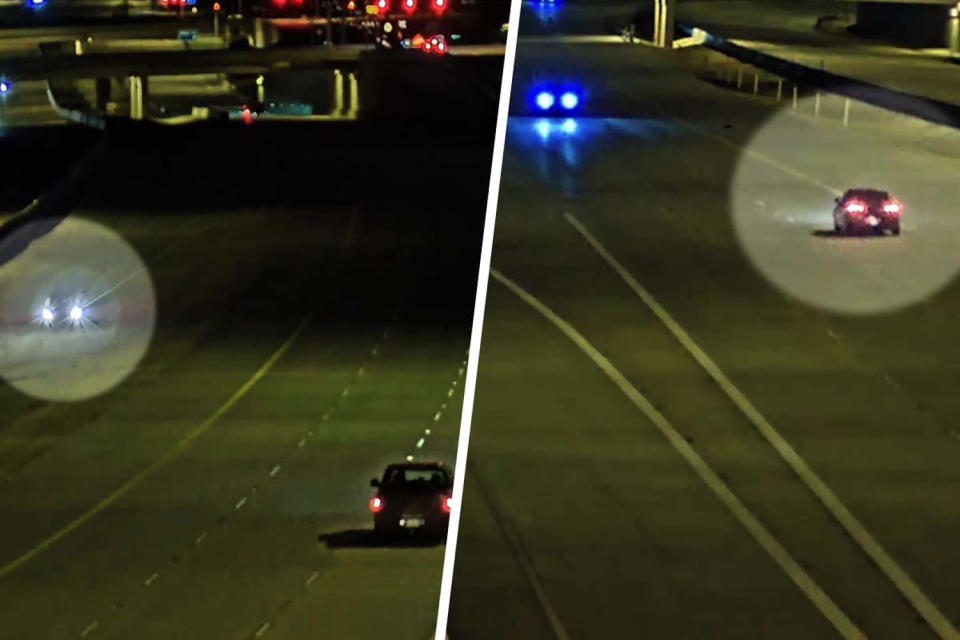
One such crash two years ago on the President George Bush Turnpike motivated a group of friends to seek solutions.
Traffic camera video from that night showed a driver stopped on the side of the road. The driver suddenly lurched the vehicle forward, made a U-turn, and then re-entered the highway going in the wrong direction.
Investigators said the woman driving the wrong way had a blood alcohol level twice the legal limit. The devastating crash killed her as well as the driver of the other vehicle, 41-year-old Michael James Jackson, who was on his way home to his wife Wendy.
“He had the biggest heart. And he was just a kind soul. And he was just so undeserving of this,” Wendy Jackson said, remembering her husband through tears.

Wendy wondered what could be done to not only warn the police of the wrong-way driver but also other drivers on the road.
“Everyone knew except for the people that were driving the right way and were in imminent danger,” Wendy said. “And one of those people happened to be my husband.”
Wendy is pushing for change and is working with her husband’s friends on a solution. Many of Michael’s friends are engineers who worked with him when he led a technology innovation team at AT&T’s headquarters in Dallas and are now scattered across some of the nation’s biggest tech companies.
“We need to make the people that are in harm’s way aware so that they can take action to protect themselves,” said Michael Jackson’s friend and former co-worker, Michael Linneman.
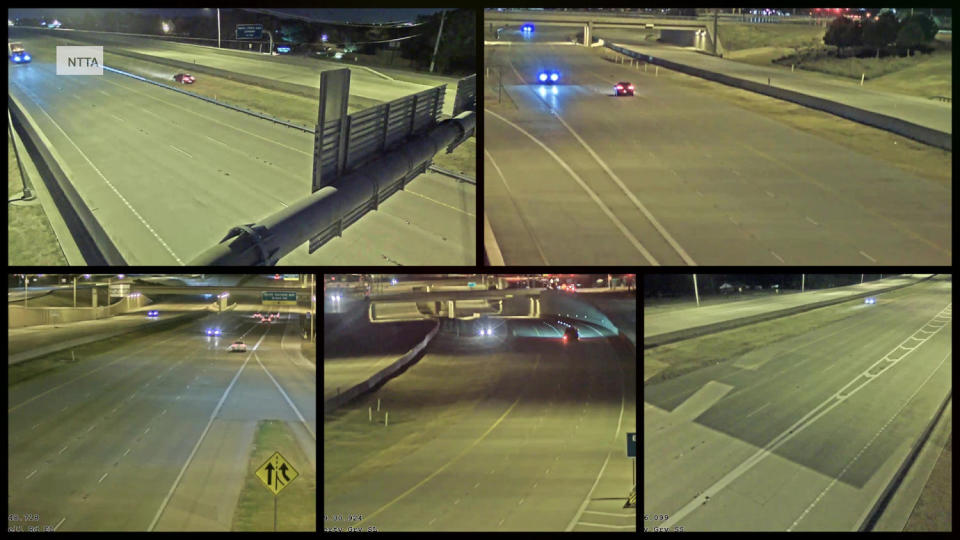
An attorney assisting the Jackson family obtained videos and records from the NTTA that revealed the driver who hit Michael Jackson was driving in the wrong direction for about eight minutes before crashing.
“We had eight minutes that we could get that information out,” Linneman said.
While police were warned almost immediately, alerting other drivers is more difficult. The tollway uses electronic Dynamic Message Signs to warn people on the road of hazards or changing conditions, but not all drivers may pass those signs before encountering the wrong-way driver.
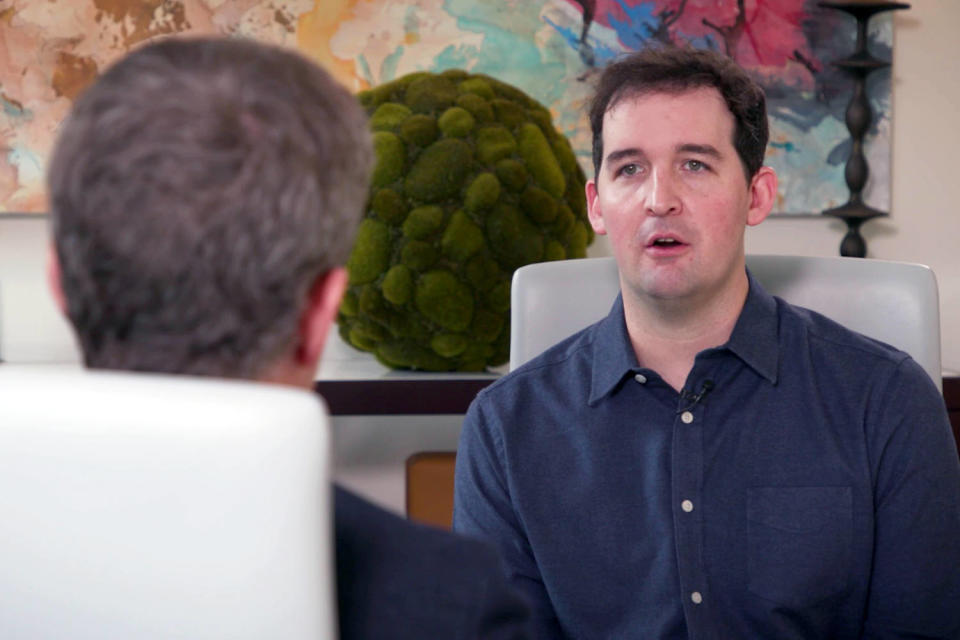
“Where the gap is, is letting the folks who are driving the right way know that there is a big danger up ahead,” said Stephen Higdon, the attorney assisting the Jackson family.
Linneman believes mobile phone technology can close that gap. He discovered state transportation departments like the Texas Department of Transportation already have the authority to issue alerts over phones through an existing federal system -- FEMA’s “Integrated Public Alert and Warning System,” or IPAWS.
The IPAWS system is the same one used to deliver AMBER Alerts and other emergency notifications to phones.
“Similar to how you would get a weather alert if there was a flash flood on a roadway that you’re heading towards. That same technology could be used to display the alert for a wrong-way driver detected in your area,” Linneman said.
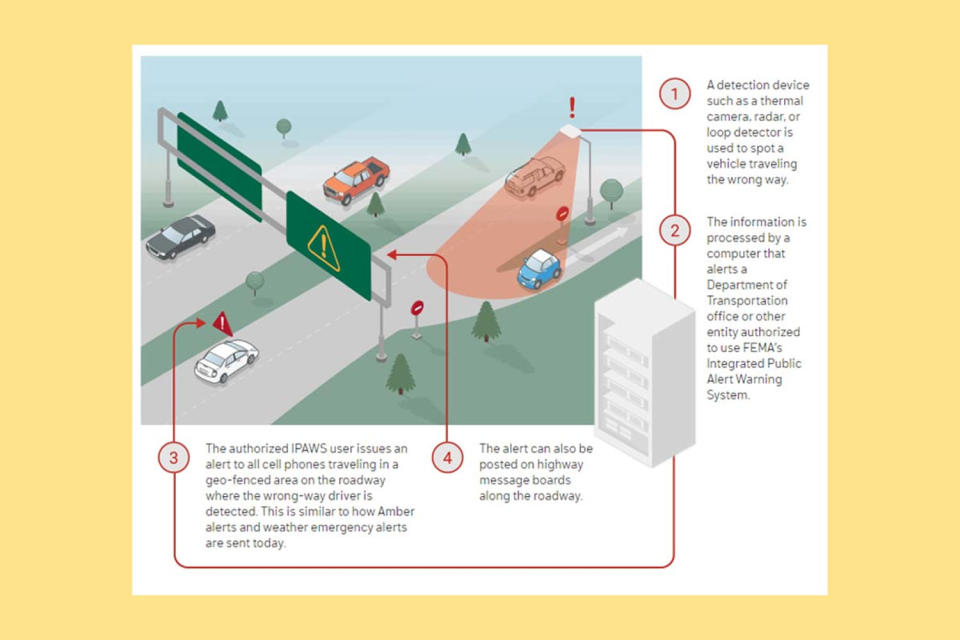
Linneman added that technology exists to tailor alerts to deliver them only to mobile phones that are moving within the freeway lanes where the wrong-way driver has been detected.
That concept of directing alerts to only the vehicles in danger is already proving possible in the real world. To see it, we traveled to Detroit. In Motor City, engineers at German technology company Bosch took NBC Dallas-Fort Worth for a ride in a test vehicle equipped with a cloud-based wrong-way driver warning system they pioneered.
The Bosch system uses GPS data to detect every step of a driver’s movement near freeway entrance and exit ramps to make sure they’re headed the right way. As the car enters a geo-fenced area around those ramps, the GPS data is analyzed in the cloud to verify the car’s direction of travel.
“There is a ping every second when you are close to these ramps,” said Bhavana Chakraborty, Bosch director of engineering.
To safely show NBC Dallas-Fort Worth how the system works on a public road, Bosch engineers briefly flipped the ramp’s proper direction in the detection system so that when the test car entered going the right way the vehicle would instead get an alert saying it was going the wrong way. About halfway down the ramp, the alert was displayed in the vehicle with plenty of time to pull over before entering the highway.
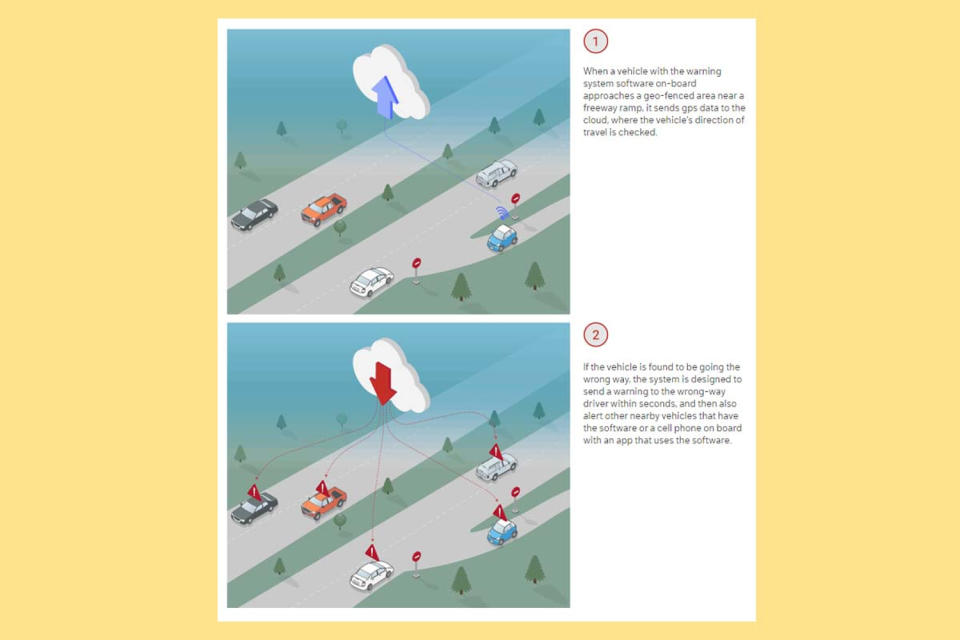
“Check your travel direction! If you are in the wrong way, stop at the nearest shoulder.”
If the test vehicle had been going the wrong way, the system would also alert other drivers within six miles of the danger, provided they have the Bosch software on board or that their phones have an app that uses that software.
“So, within six miles, we can warn folks that a wrong-way driver incident has been detected,” said Elizabeth Kao, Bosch director of product management.
The Bosch system is already available in some cars in Europe. In one year, the company said it has detected and warned more than 600 wrong-way drivers and alerted 6,000 nearby drivers of the danger. On a real-time map, Bosch reported they could see drivers receive a warning and then turn around after receiving the alert.
“It’s an extremely powerful event to see that happen. It’s an extremely powerful event to know that that red dot means that we gave someone a warning,” said Kao.
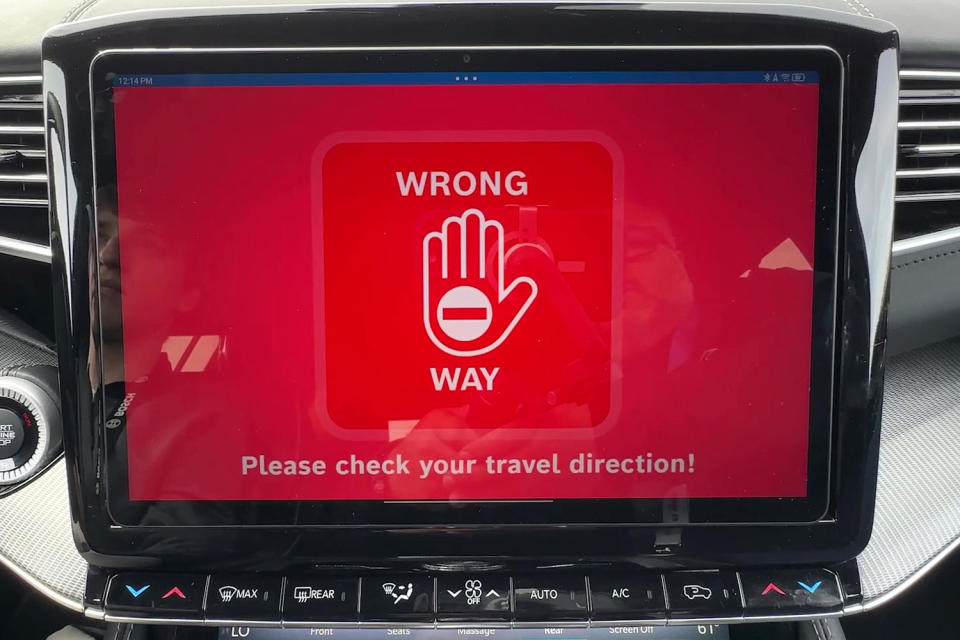
Bosch is now trying to partner with more car makers and app developers. It’s a crucial step because the system’s ability to warn other drivers depends on the number of vehicles and phones nearby that are using the software. The biggest challenge now, according to company officials, is scale and getting the software into additional cars and phones.
Back in Dallas, Michael Jackson’s former co-workers are also trying to scale up their plan by looking for state departments of transportation and tollway operators with roads that have cameras or directional detection systems and would be willing to test FEMA alerts. Those alerts can be delivered to any cell phone without an additional app.
“What we want to do is start with a pilot locally and then expand it from there,” Linneman said.
NBC Dallas-Fort Worth contacted FEMA which confirmed that approved users of their IPAWS system, like TxDOT, already can issue wrong-way alerts. In a statement, FEMA said, “State and local authorities have access and means to send geo-targeted Wireless Emergency Alerts for public safety emergencies…”
“The technology is there. It’s just getting the authorization and getting the right people in place who can allow us to do this,” said Wendy Jackson.

NBC Dallas-Fort Worth also reached out to TxDOT, where a spokesperson said that while the agency currently does not use Wireless Emergency Alerts for wrong-way drivers they do have engineers reviewing the technology.
TxDOT did not provide a timeline for when they would finish their review or decide on a course of action.
For the people Michael Jackson brought together in life, the notification system is an idea that gives hope after their friend’s death.
“We want to honor his spirit and his life. And this is what I believe he would have done,” Linneman said.
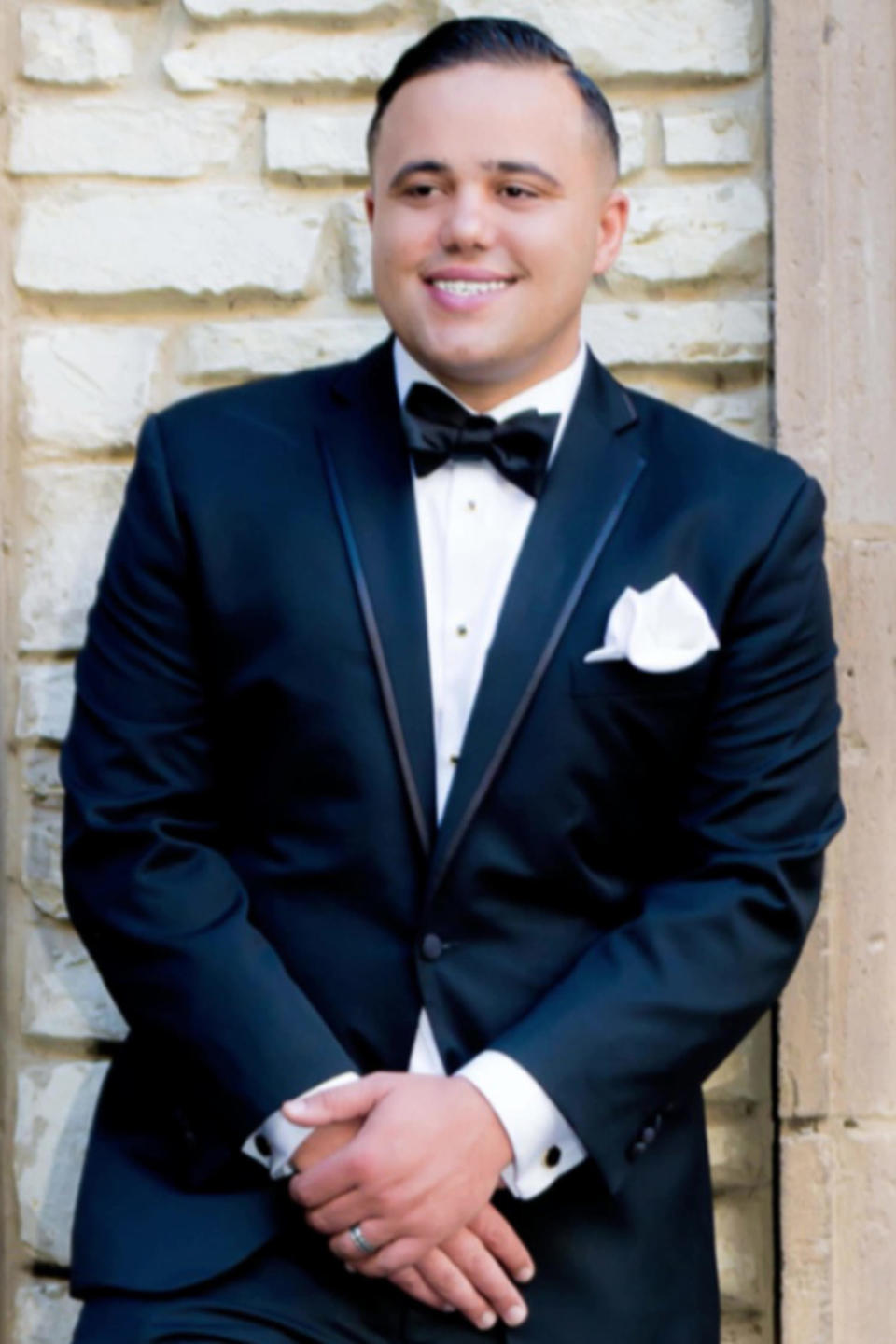
NBC Dallas-Fort Worth also checked with the NTTA to see if it would help pilot the FEMA alerts. A spokesman told us that the NTTA could not issue FEMA alerts on its own but that it was investigating the possibility and also looking into another warning system that might work via the tollway authority’s own app.
The agency said there is, “Still much to do and research to make this system a reality.”
Michael Jackson’s team prefers the FEMA system, which is already national and works with existing phones without the need to download additional software. If every tollway system or state DOT used its own app, it could create a patchwork system where drivers would need multiple apps to get the warnings for different roadways across the country.
Bosch, meanwhile, said its system is also ready to issue alerts on all highway ramps in North America and does not require the installation of roadway cameras or sensors to first detect the driver headed the wrong way.
New tools are available, the question is who will lead the state and national conversations about how to get the technology to more drivers.
This article was originally published on NBCNews.com

